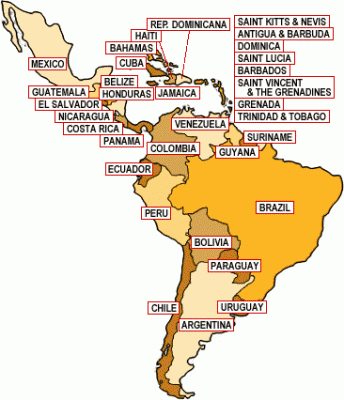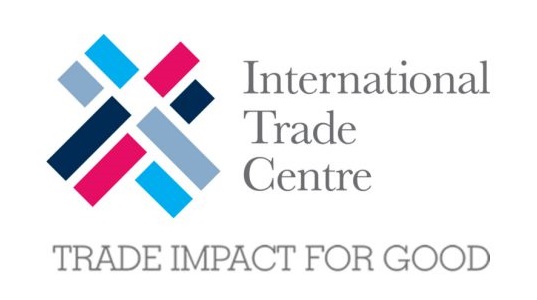Latin America’s international trade will drop 23% in 2020
Latin America’s international trade will drop 23% in 2020
It is estimated that international trade in Latin America and the Caribbean is expected to drop by 23% in 2020 due to the effects of the coronavirus pandemic (covid-19), the Economic Commission for Latin America and the Caribbean (CEPAL) in a report. The fall is greater than that recorded in the financial crisis of 2009, when the region’s economy decreased by 21%.
According to CEPAL’s executive secretary, Alicia Bárcena, the value of regional exports should contract 23% this year. In imports, the fall will be 25% higher than the 24% decrease of the 2008-2009 financial crisis. In a global context, world trade accumulates a 17% drop in volume between January and May 2020.
“Latin America and the Caribbean is the developing region most affected by this situation and will be marked mainly by the setbacks in sales of manufactures, mining and fuels”, says a note from CEPAL.
Deepening regional integration actions is crucial to exit the crisis, with pragmatism, to rescue the vision of an integrated Latin American market, said Alicia. “In addition, the region must reduce costs through efficient, fluid and secure logistics,” said Alicia.
According to CEPAL, in the first five months of this year there were declines in exports from Latin America and the Caribbean to the United States (-22.2%), to the European Union (-14.3%) and to the region itself (- 23.9%).
Sales to Asia fell less significantly. Exports to China fell 2% between January and May, and recovered in April and May, according to the report.
“In the sectorial analysis of the region, the biggest retraction between January and May in relation to the same period of 2019 was registered by mining and oil (-25.8%), followed by manufactures (-18.5%). In contrast, the agricultural products sector had a slight increase of 0.9%. This reflects the lower sensitivity of the demand for food to the contraction of economic activity, as they are essential goods”, states the report.
Rising exports in 4 countries
Only four countries in the region, all of Central America, increased their exports between January and May 2020: Costa Rica (2%), Honduras (2%), Guatemala (3%) and Nicaragua (14%).
For CEPAL, the fact is due to the combination of higher sales of medical supplies and personal protective equipment (especially masks), agricultural products (whose demand was not so affected by the pandemic), and the relative resilience shown by trade between countries in the Central America.
However, imports decreased in all countries in the same period (-17.1% in regional average value), a product of the deep recession the region is going through.
“Particularly worrying is the contraction in imports of capital goods and intermediate inputs (14.5% and 13.6%, respectively), which will affect the investment rate and compromise the recovery”, completes the publication.
Latin America’s international trade will drop 23% in 2020
Reconstruction
According to CEPAL, Latin America and the Caribbean need to reduce their internal costs and promote efficient logistics, with regional integration and the promotion of logistical intelligence to overcome the crisis.
“In the current context of high uncertainty, countries in the region must undertake actions that will enable them to reduce their internal logistics costs and generate value-added services to increase their competitiveness. These measures must be implemented in a coordinated manner with other economic and social measures, to promote an economic recovery with social and environmental benefits “, adds Alicia.
Source: CEPAL
Image: FAO







